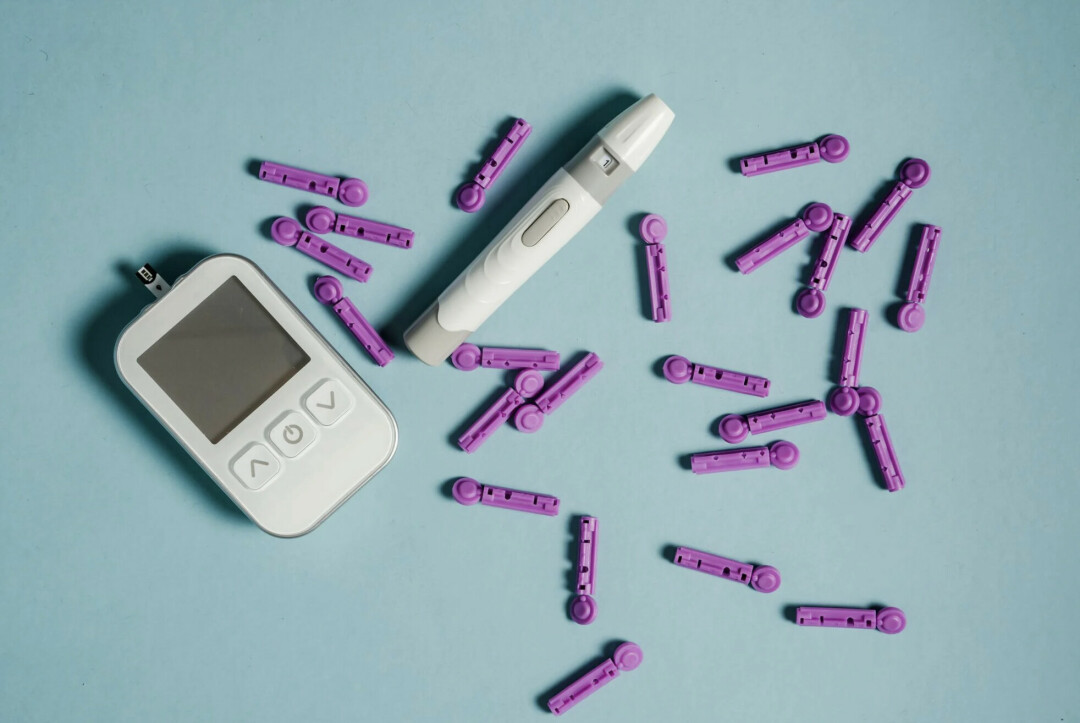Streamline Your DMF Process in Japan: Expert Strategies Revealed

In Japan, the management of Drug Master Files (DMFs), crucial for pharmaceutical and medical device registrations, requires a thorough understanding and meticulous attention to detail. The Japanese pharmaceutical landscape mandates that all entities wishing to manufacture or sell pharmaceutical products or medical devices must adhere to specific regulatory frameworks. This article outlines the essential aspects of managing DMF in Japan, highlighting the structured approach needed to navigate this complex environment successfully.
Understanding the Regulatory Framework
Role of the PMDA
The Pharmaceuticals and Medical Devices Agency (PMDA) plays a pivotal role in the regulation of medical products in Japan. For those looking to navigate DMF strategies in Japan, understanding the PMDA's responsibilities is crucial. This agency not only reviews and approves DMF submissions but also ensures that all medical products comply with the necessary safety and efficacy standards before entering the Japanese market.
Key Japanese DMF Regulations and Guidelines
Navigating the regulatory landscape requires a firm grasp of the specific guidelines that govern DMF submissions in Japan. These regulations are designed to ensure that every product meets the stringent quality standards required by the Japanese authorities. Manufacturers must familiarize themselves with these guidelines to avoid common pitfalls that could delay or prevent approval of their DMF submissions.
Regulatory Pathways
In Japan, there is a single pathway for DMF submission, which is designed to cover drug substances like APIs, excipients, and packaging materials. Understanding the correct pathway is essential for ensuring a smooth submission process. It involves determining whether a product is considered a pharmaceutical or a medical device and then following the specific guidelines that apply to that category.
Updates and Changes
Keeping up-to-date on these changes is crucial for maintaining compliance and ensuring that DMF submissions are up-to-date with the latest regulatory requirements. Companies must proactively monitor these updates to adapt their submission strategies accordingly.
Preparing a Comprehensive DMF Submission
Documentation Requirements for DMF
When preparing a DMF management in Japan, meticulous documentation is essential. The required documents must be detailed and comprehensive, covering all aspects of the manufacturing process and product specifications. A successful submission includes, but is not limited to, the following key documents:
1. Manufacturing Process and Site Information: It should include comprehensive information about the manufacturing site, such as site plans, personnel qualifications, and environmental controls. A thorough description helps the PMDA assess the capability and reliability of the manufacturing environment, ensuring that it meets the stringent standards required for pharmaceutical production.
2. Specifications and Testing Methods: Specifications for raw materials and the final product are pivotal. This document must include detailed criteria for purity, potency, and other relevant parameters, along with the methods used to test these characteristics.
3. Product Shelf Life Claims: Stability data is essential to substantiate the shelf life and storage conditions of the pharmaceutical product. The document should include results from real-time and accelerated stability studies that demonstrate the product remains effective and safe throughout its intended shelf life under prescribed storage conditions.
4. Samples of Labeling and Packaging: This includes accurate ingredient listings, dosage instructions, safety warnings, and storage conditions. The labels and packaging should also be designed to prevent tampering and ensure patient safety.
5. Safety Data and Pharmacological Profiles: A detailed exposition of the product’s safety and pharmacological profile is mandatory. Information on pharmacodynamics, pharmacokinetics, toxicology, interaction with other drugs, and any adverse reactions should be thoroughly documented.
Each of these documents must be presented in a clear, structured format, ensuring that the PMDA can efficiently review and approve the submission without unnecessary delays. The accuracy and completeness of these documents are paramount in facilitating a successful DMF approval process in Japan, enabling timely access to new and effective pharmaceutical products.
Ensuring Accuracy and Completeness
Accuracy and thoroughness are the cornerstones of effective DMF submission in Japan. Submitters must ensure that every piece of information is double-checked for accuracy and that all documentation is complete before submission. Such rigorous attention to detail will significantly reduce the risk of queries from the PMDA, which can delay the approval process.
Quality Controls and Specifications
For Japanese medical device registration, establishing stringent quality controls and clear specifications is essential. This section of the DMF should detail the procedures and standards in place to ensure product consistency and safety. It is also important to demonstrate how these measures align with Japanese regulations.
Maintaining Communication with the PMDA
Importance of Timely Responses to InquiriesTimely and effective communication with the Pharmaceuticals and Medical Devices Agency (PMDA) is critical in navigating the medical device market approval in Japan. When PMDA poses inquiries or requests clarifications, prompt and accurate responses are essential. Here's why it matters:
• Building Trust: Swift responses demonstrate your commitment to compliance and transparency.
• Efficiency Gains: Quick turnaround times can significantly speed up the review process.
• Error Minimization: Rapid communication allows for immediate correction of any misunderstandings or errors in the submission documents.
By prioritizing these communication efforts, companies can facilitate a smoother regulatory process, enhancing their reputation with the PMDA and potentially gaining faster approval for their products.
Strategies for Effective Communication
Developing strategies for effective communication with the PMDA is essential for navigating the complexities of Japanese DMF best practices. This involves establishing a dedicated regulatory affairs team that understands the intricacies of DMF requirements in Japan and can interact proficiently with the PMDA.
Preventing Delays in DMF Approval
Preventing delays in the DMF approval process in Japan is paramount for companies eager to enter or maintain their presence in the Japanese market. This requires a proactive approach to anticipating potential questions and preparing responses in advance. Regularly updating all documentation and ensuring ongoing compliance with Japanese pharmaceutical DMF standards can mitigate the risk of setbacks during the review phase.
Establishing a Clear Submission Timeline
Anticipating Potential Challenges
In the realm of Japanese drug master file strategies, anticipating challenges is as important as overcoming them. Companies must consider potential roadblocks such as delays in data collection, changes in regulatory guidelines, or unexpected findings during product testing. By anticipating these challenges, companies can devise contingency plans, ensuring that such issues do not derail the overall timeline.
Coordinating with Stakeholders
Effective coordination among all stakeholders involved in Japan's medical device classification DMF process is essential for keeping the submission timeline on track. This includes synchronizing efforts between research and development, regulatory affairs, manufacturing, and quality assurance teams. As always, clear communication and regular updates ensure that all parties are aligned with the timeline and their responsibilities, minimizing the likelihood of delays caused by miscommunication or unmet dependencies.
Setting Realistic Goals for Approval
Companies should establish clear milestones and deadlines within the submission timeline, providing ample buffer for addressing any issues that might arise. This strategic planning helps in managing expectations and provides a structured path to follow, increasing the chances of timely approval.
The dynamic nature of regulatory environments, especially in a sophisticated market like Japan, demands continuous vigilance and adaptability. By integrating these strategies, pharmaceutical and medical device companies can enhance their ability to navigate the complexities of the Japanese market. Ongoing vigilance helps in preempting potential compliance issues and adapting to new requirements swiftly and efficiently. Successful DMF compliance in Japan not only facilitates smoother product launches but also establishes a foundation for long-term success in one of the world’s most lucrative yet challenging healthcare markets.







News Comments
Thank you
Open Auditions for Annie
Monday, Sep. 16, 2024
I’m at the Bozeman airport where your painting, “Blowing East” is displayed. It’s absolutely gorgeous! Bravo, Marci!!
The Artists’ Gallery in Bozeman’s Emerson Cultural Center May Exhibits
Sunday, Jun. 30, 2024
This is so typical of a sign in, which we should not have to do to check if we or some one in our party got a permit. I have been working or "creating an account" for 30 minutes and just get the same ...
Smith River permit drawing results available
Sunday, Mar. 10, 2024
I have struggled with this podcast and my own participation therein, the event itself obviously traumatic, but beyond that my inability to reach anyone and convey anything resembling truth. The person ...
Billings, MT Case Becomes True Crime Podcast | 'An Absurd Result'
Marktokarski
Saturday, Jan. 20, 2024